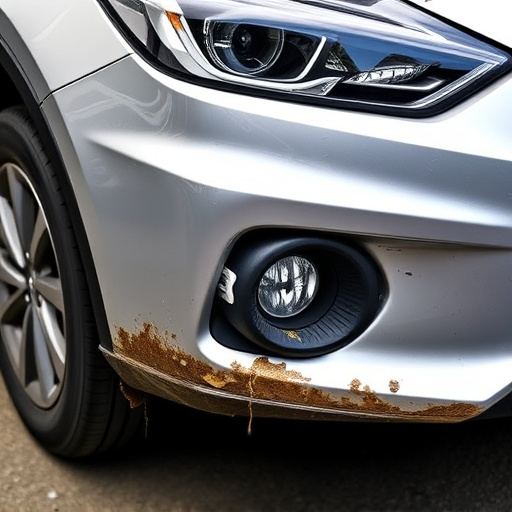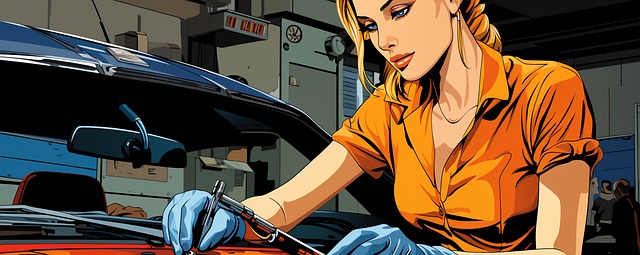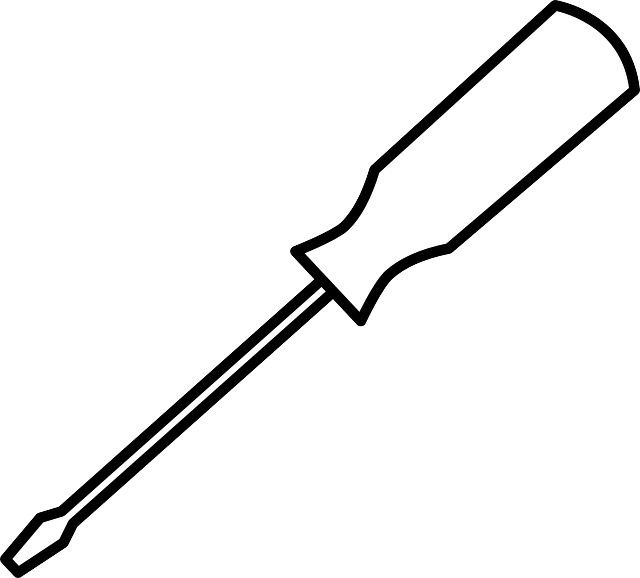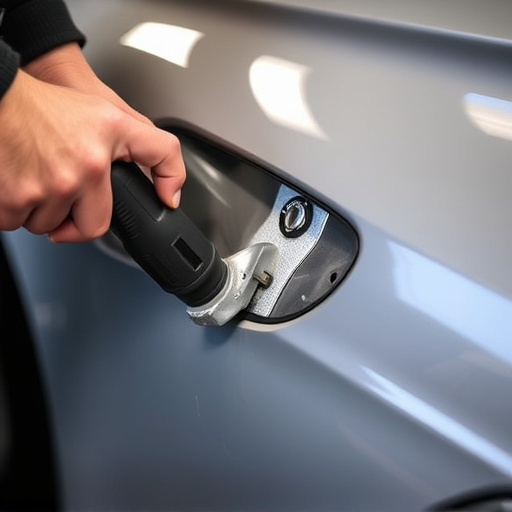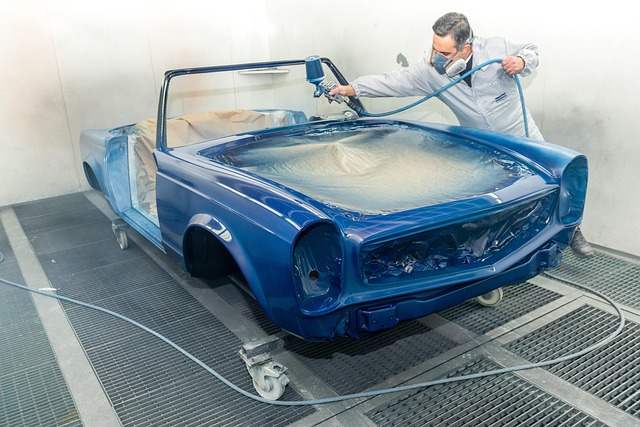This guide equips DIY enthusiasts to safely and effectively replace damaged vehicle chrome trim. It emphasizes preparation, including tool gathering, safety gear, and workspace setup. The process starts with inspection, cleaning, and addressing damage, followed by a primer application for rusted areas (optional). Readers learn effective methods for removal, repair, or replacement, aiming for a seamless, stylish finish without professional collision repair costs. Key focus: chrome trim replacement.
“Enhance your vehicle’s aesthetic with our comprehensive guide to chrome trim replacement, tailored for DIY car enthusiasts. Learn how to navigate the diverse world of chrome trim, understanding its types and common issues. Armed with the right preparation and tools, you’ll master the process step-by-step. From identifying damaged parts to installing replacements, this tutorial ensures your car shines like new. Discover tips and tricks to make the job seamless, and elevate your automotive DIY game with expert advice on chrome trim replacement.”
- Understanding Chrome Trim: Types and Common Issues
- Preparation and Tools Required for a Successful Replacement
- Step-by-Step Guide to Chrome Trim Replacement
Understanding Chrome Trim: Types and Common Issues

Chrome trim, a stylish addition to many vehicles, enhances their exterior appeal. However, over time, it can suffer damage due to various factors like road debris, extreme weather conditions, or even minor accidents. Understanding the different types of chrome trim and common issues is essential for DIY enthusiasts considering a chrome trim replacement.
There are several varieties, each with its own characteristics. These include molded, cut-to-fit, and custom designs. Molded trim is pre-formed during manufacturing, while cut-to-fit pieces are tailored to specific vehicle models. Custom trims offer endless design possibilities but may require more specialized tools for installation. Issues like dents, cracks, peeling, or discoloration often signal the need for a replacement. Auto dent repair techniques can sometimes fix minor damage, but for more severe cases, frame straightening might be necessary before considering chrome trim replacement to ensure a seamless and accurate fit.
Preparation and Tools Required for a Successful Replacement
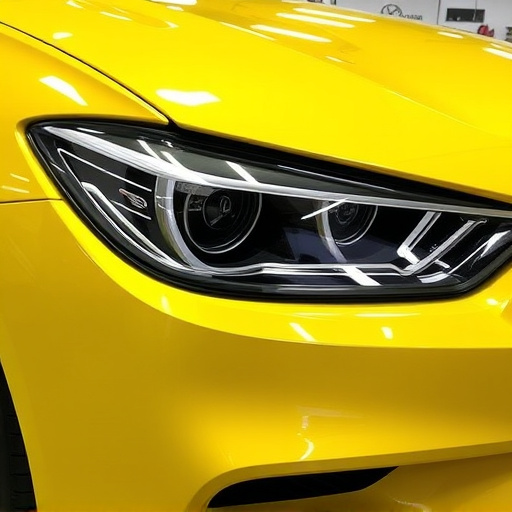
Before tackling any chrome trim replacement, DIY enthusiasts should gather all necessary tools and materials to ensure a successful project. This includes a variety of hand tools like wire brushes, sandpaper, pliers, and screwdrivers, as well as specialized products such as adhesive, primer, and matching chrome coating. Safety gear is also paramount; wear protective gloves and goggles to shield yourself from debris and chemicals.
A well-prepared workspace is equally crucial. Park your vehicle in a clean, level area, preferably under shade to avoid rapid drying of paints or coatings. Cover nearby surfaces with drop cloths to prevent damage from scrapes or spills. Moreover, have a clear understanding of the replacement process, whether it involves removing old trim carefully or using an auto dent repair technique for damaged pieces. This knowledge, coupled with the right tools and materials, will make your chrome trim replacement project smoother and more efficient, akin to visiting a collision repair center without the hefty bill.
Step-by-Step Guide to Chrome Trim Replacement

Replacing chrome trim on your vehicle can be a rewarding DIY project for car enthusiasts. Here’s a step-by-step guide to ensure a smooth process:
1. Safety First: Before beginning, park your vehicle on a level surface and engage the parking brake. Put on safety goggles and gloves to protect yourself from debris and chemicals. Remove any loose trim pieces with a pair of pliers or a utility knife to expose the undercarriage for better access.
2. Inspect and Prepare: Examine the existing chrome trim for damage, corrosion, or discoloration. Use a degreaser to clean the surface, removing any built-up grime or residue. Allow it to dry thoroughly. For vehicles with rusted areas, consider using a metal primer to prevent further deterioration before applying new chrome trim.
For DIY car enthusiasts looking to refresh their vehicle’s aesthetic, chrome trim replacement is an accessible and impactful project. By understanding different types of chrome trim and common issues, preparing with the right tools, and following a detailed step-by-step guide, you can achieve professional results that enhance your car’s overall look. Chrome trim replacement isn’t just about aesthetics; it’s also a practical way to protect against wear and tear, ensuring your vehicle maintains its gleam for years to come.


